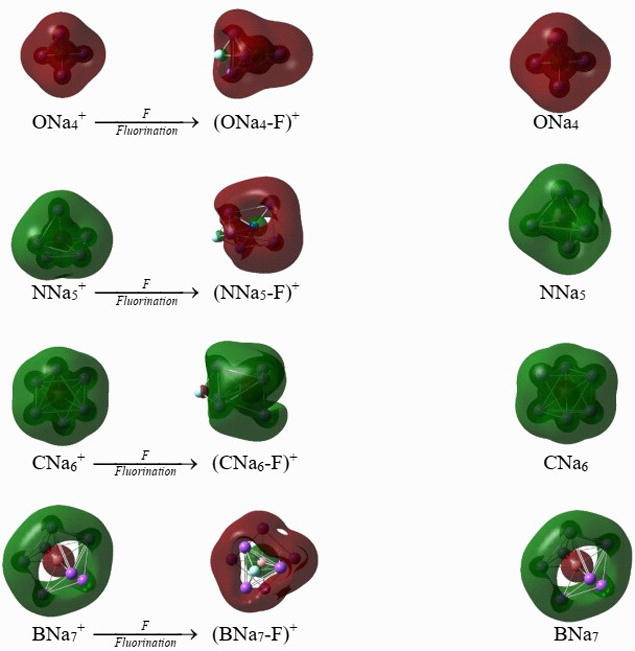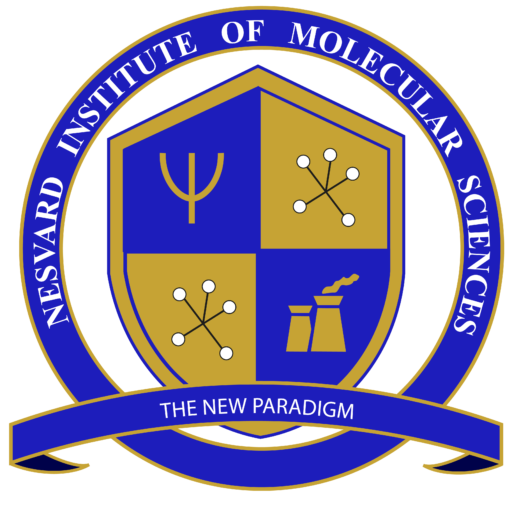Department of Catalysis and Supramolecular Chemistry
We focus on catalysis of novel chemical reactions, design of new metal clusters derived from supramolecular chemistry which have promising applications in catalysis. Research on superatoms offers the potential to design molecules with unique bonding properties and groundbreaking features. Superatoms are atomic clusters of appropriate size and composition capable of exhibiting the chemical characteristics of an atom in the periodic table. Superalkalis and superhalogens are important subgroups of superatoms which have smaller ionization energy (IEs) than alkalis and greater electron affinities (EA) than halogens, respectively. Superalkalis and superhalogens can combine to form supersalts. They serve as energy storage and energy conversion materials.
Our department explores and predicts the existence of superatoms through theoretical studies and collaborations with experimentalists. Supramolecular chemistry of radicals, cations, and anions have important applications in chemical and material industries. These superatom clusters act as key components to create novel nanostructured materials such as energy storage and energy conversion materials, nonlinear optical materials, and noble-gas trapping agents.
Collaborations with theory and experimental groups are always welcome, especially, those of African natives. Reach us via: info@nesvard.org


Recent Publications
A. O. Gyamfi, C. A. Nyame and E. Opoku*, “Halogenation lowers the electron affinity: A novel approach to design superalkali cationic clusters“, Chem. Phys. Lett., 810, 140181, (2023). https://doi.org/10.1016/j.cplett.2022.140181
